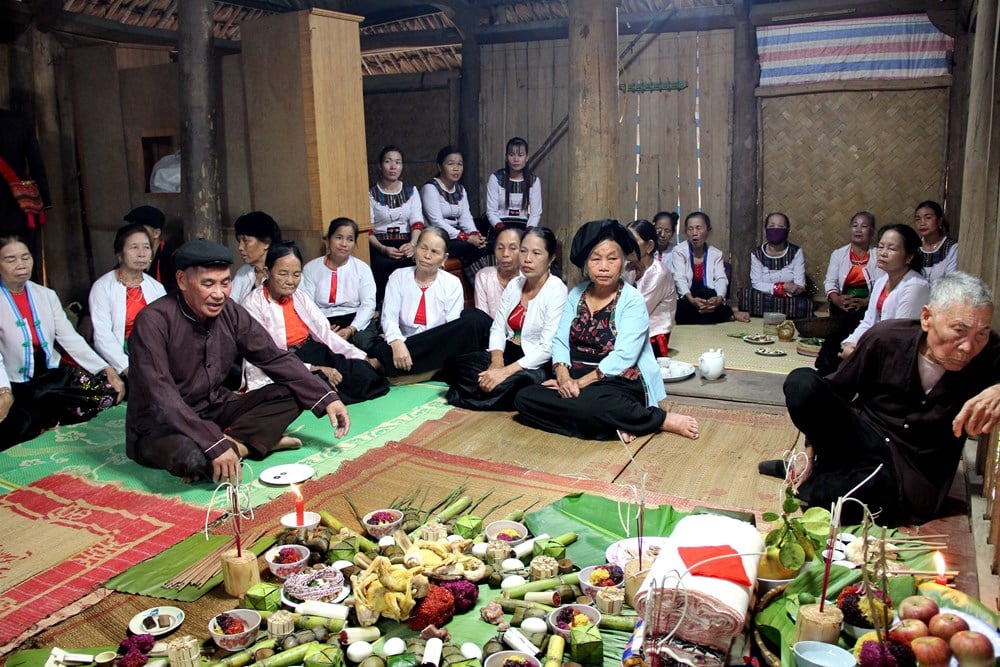
Phu Tho province was merged from Vinh Phuc province, Hoa Binh province and Phu Tho province according to Resolution No. 1676/NQ-UBTVQH15 of the National Assembly Standing Committee on the arrangement of commune-level administrative units of Phu Tho province in 2025. On the basis of the merger, Phu Tho has become the land of origin, where many core cultural values of the Vietnamese people converge throughout thousands of years of history.
Up to now, the historical and cultural values of Phu Tho land have been preserved and kept in many different aspects from tangible cultural heritage to intangible cultural heritage, which is a testament to the history of formation and development of the nation, in which the cultural values of the Hung King era are preserved most densely and richly.
Determining the activities of inventorying, protecting and promoting the value of cultural heritage is a major policy of the Party and State with profound political, cultural and social significance. Therefore, the inventory of cultural heritage has been carried out by the Department of Culture, Sports and Tourism of the three provinces of Phu Tho (old), Vinh Phuc (old) and Hoa Binh (old) in accordance with the provisions of the Law on Cultural Heritage.
The inventory of cultural heritage contributes to identifying, determining the value and viability of cultural heritage in contemporary community life. The classification, ranking and listing of intangible cultural heritage proposed for inclusion in the National List of Intangible Cultural Heritage contributes to the basis for formulating policies for management, preservation and promotion of cultural heritage values in the area. At the same time, it is the basis for building a bank to store information on cultural heritage as a basis for scientific research and serving the propaganda and promotion of cultural heritage in Phu Tho province.
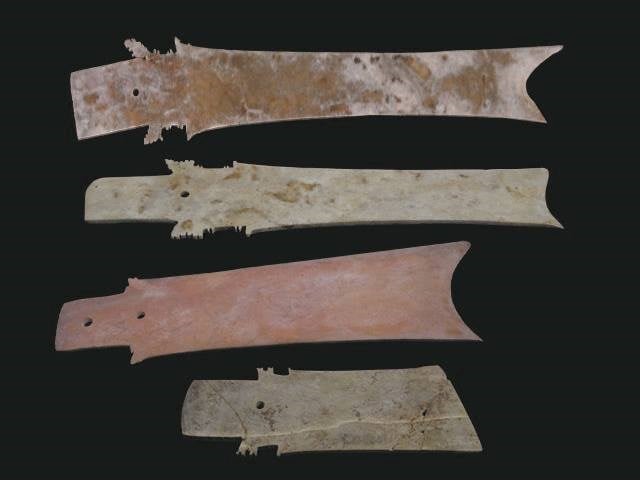
As a result of the inventory of cultural heritage after the merger, there are currently 4,758 heritages in Phu Tho province. Of which, 2,778 locations have relics with many types of relics such as: History, art architecture, archeology, scenic spots. The number of historical and cultural relics ranked as special national relics includes 6 relics: Hung Temple historical relic site, Tay Thien scenic spot, Binh Son Tower, Tho Tang communal house, Huong Canh communal house cluster, Xom Trai Cave and Lang Vanh Stone Roof, 176 national relics and 797 provincial relics.
The system of relics with typical historical, cultural, architectural and artistic values is one of the great and precious assets, one of the resources for Phu Tho's sustainable development.
Currently, Phu Tho owns 6 national treasures including: Hung Temple bronze drum, bronze belt buckle, Nha Chuong collection, Au Co statue, stone Buddha altar and Tro pagoda enameled ceramic tower. Of which, 3/6 national treasures are currently preserved and kept at relics. The remaining treasures are preserved and kept at museums.
Regarding intangible cultural heritage, there are 1,980 heritages inventoried, including 7 types: Spoken language and writing; folk literature, folk performing arts, social customs and beliefs, traditional festivals, traditional crafts and folk knowledge.
To date, Phu Tho province has 41 intangible cultural heritages included in the list of national intangible cultural heritages. Of these, 2 typical intangible cultural heritages have been recognized by UNESCO as representative intangible cultural heritages of humanity: “Xoan singing of Phu Tho” and “Worship of Hung Kings of Phu Tho”.
Phu Tho is also the land of three other representative intangible cultural heritages of humanity: Tug of war, Ca Tru singing and the practice of worshipping the Mother Goddesses of the Three Realms of the Vietnamese people.
The cultural heritage system of Phu Tho is an invaluable asset, playing an important role in promoting the sustainable development of the locality. Preserving and promoting the value of cultural heritage not only preserves the national cultural identity but also creates resources for economic development, tourism and improving the spiritual life of the people.
Source: https://baovanhoa.vn/dan-toc-ton-giao/phu-tho-hien-co-41-di-san-van-hoa-phi-vat-the-quoc-gia-159265.html







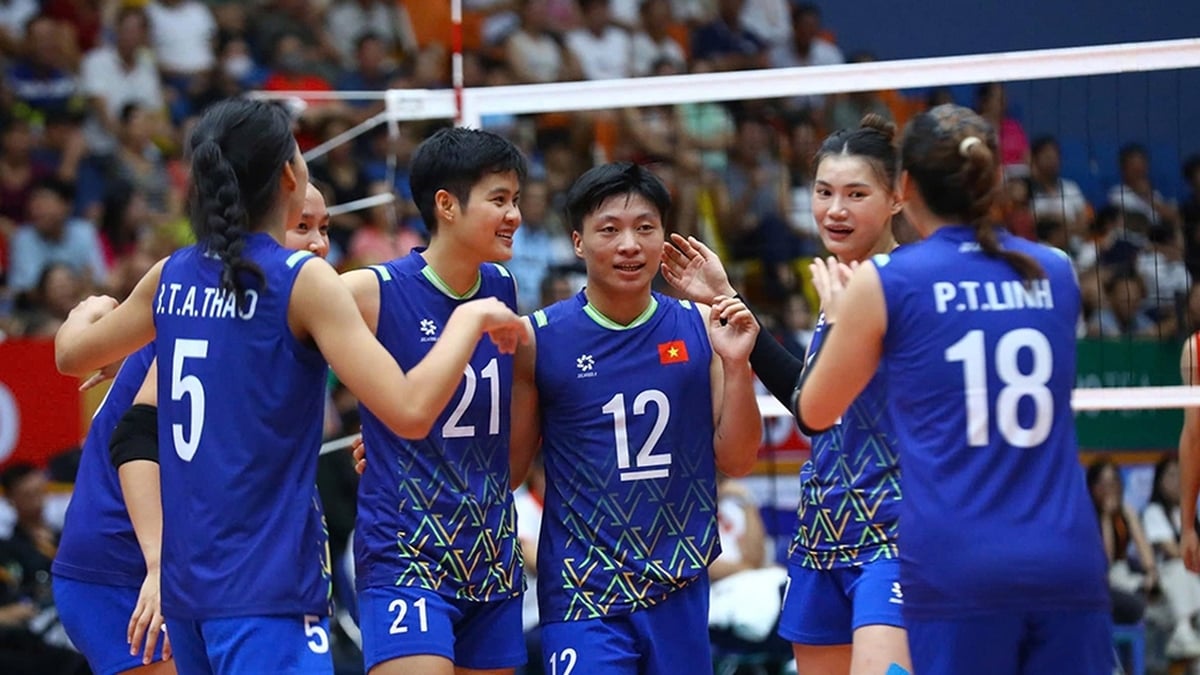

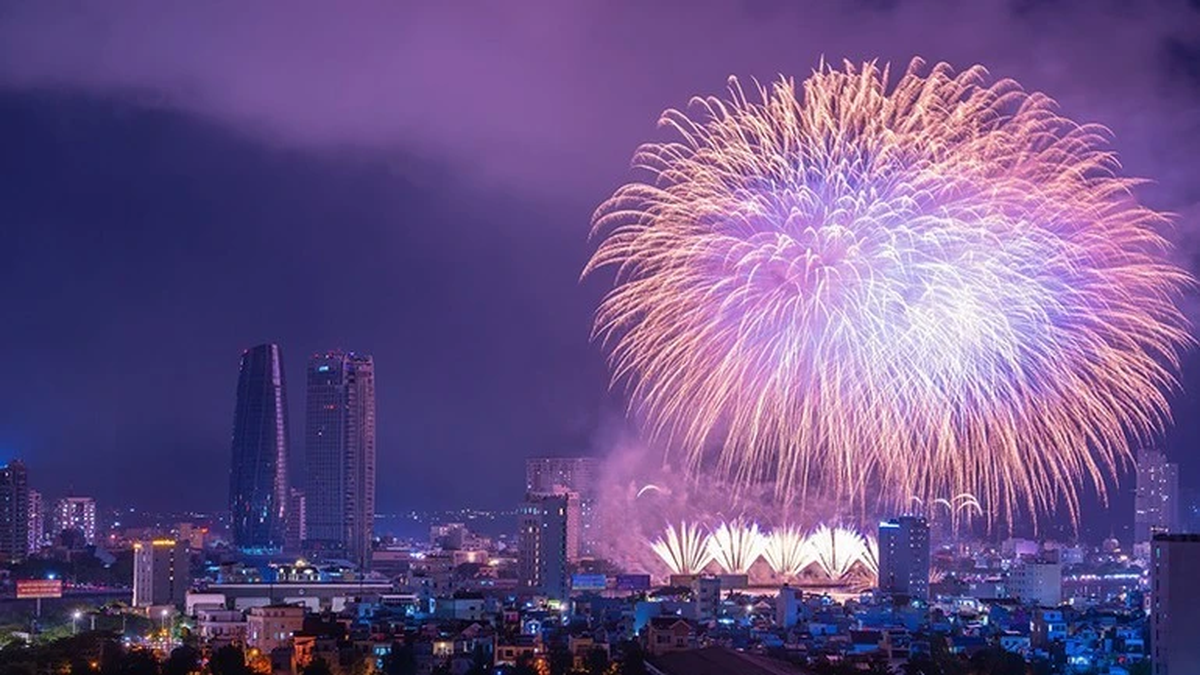
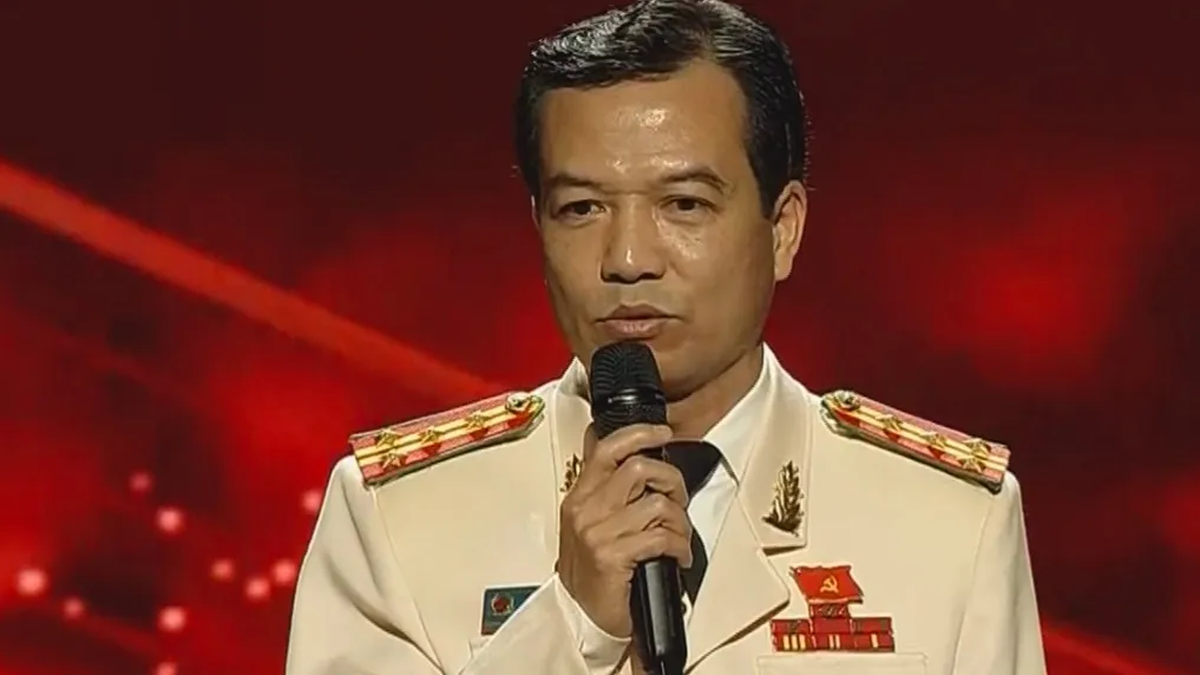











![[Photo] Discover the "wonder" under the sea of Gia Lai](https://vphoto.vietnam.vn/thumb/1200x675/vietnam/resource/IMAGE/2025/8/6/befd4a58bb1245419e86ebe353525f97)



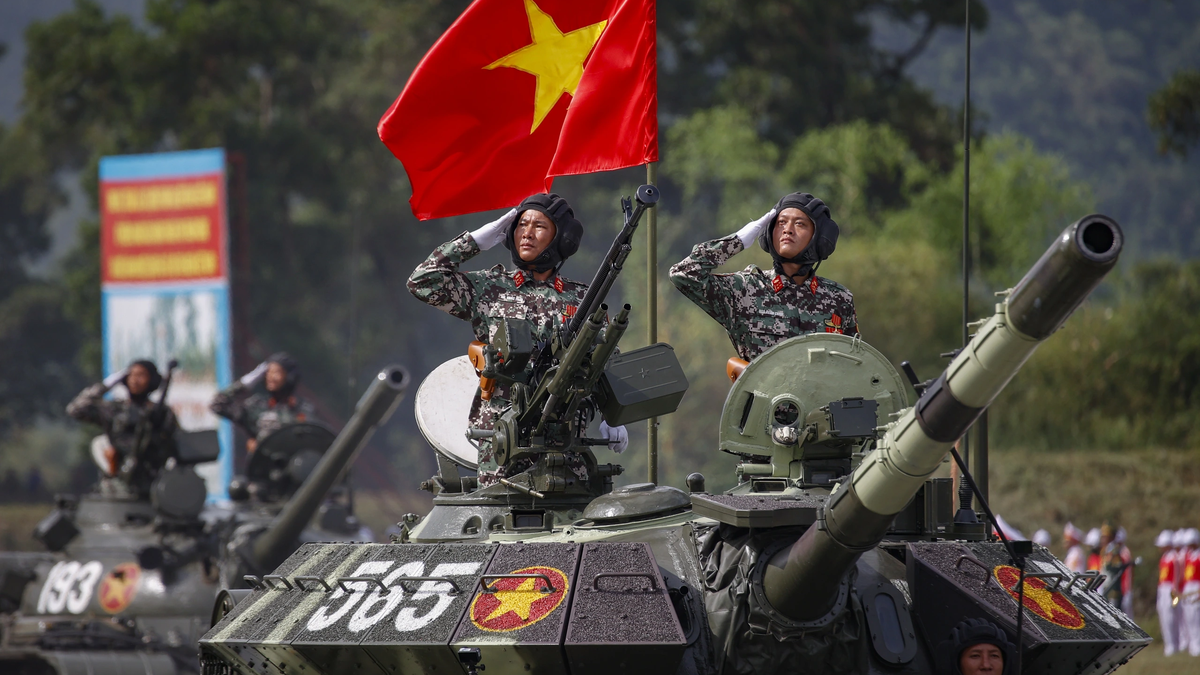
![[Photo] Nghe An: Provincial Road 543D seriously eroded due to floods](https://vphoto.vietnam.vn/thumb/1200x675/vietnam/resource/IMAGE/2025/8/5/5759d3837c26428799f6d929fa274493)

























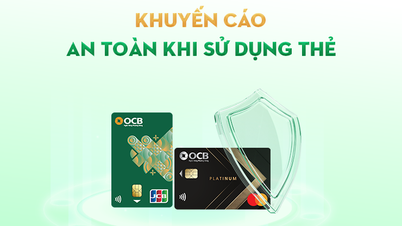




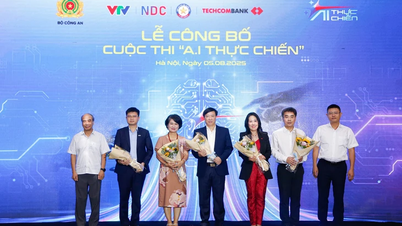
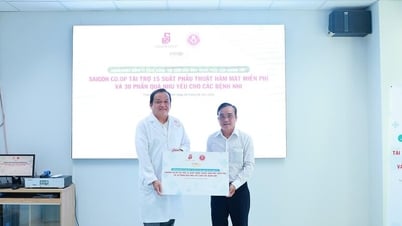


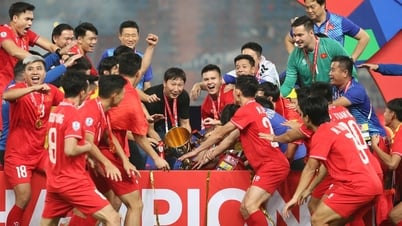
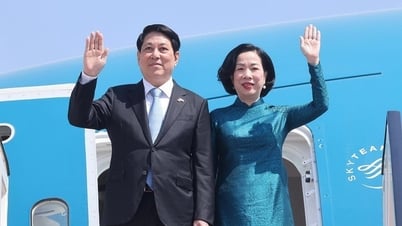


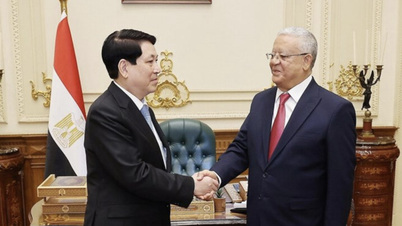

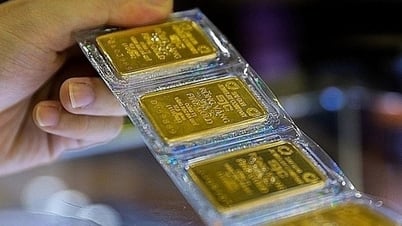

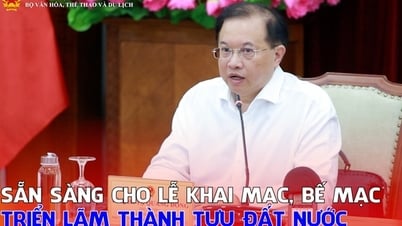
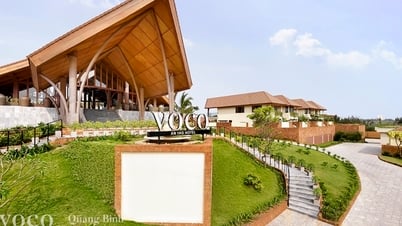
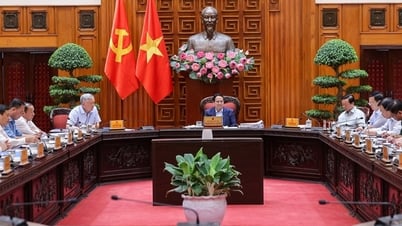
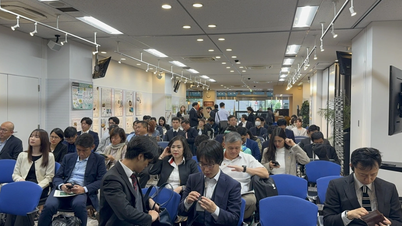


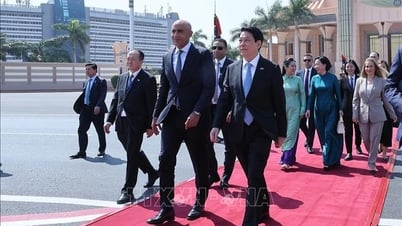















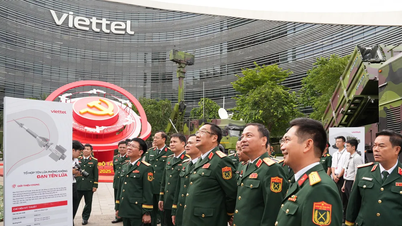



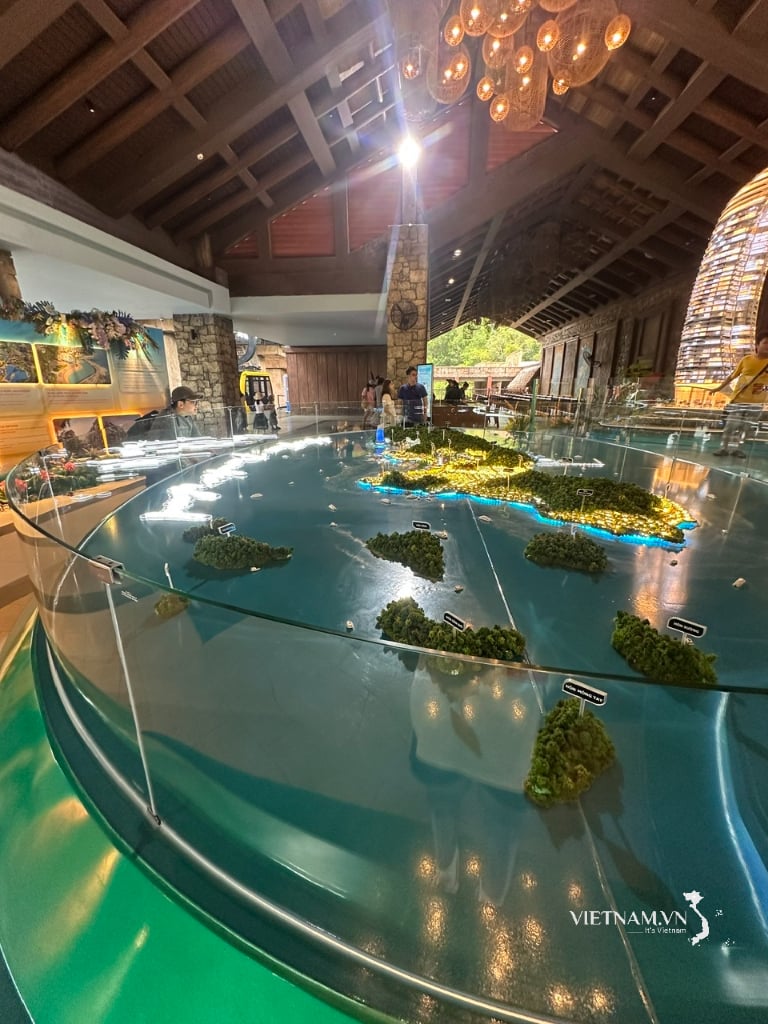

Comment (0)